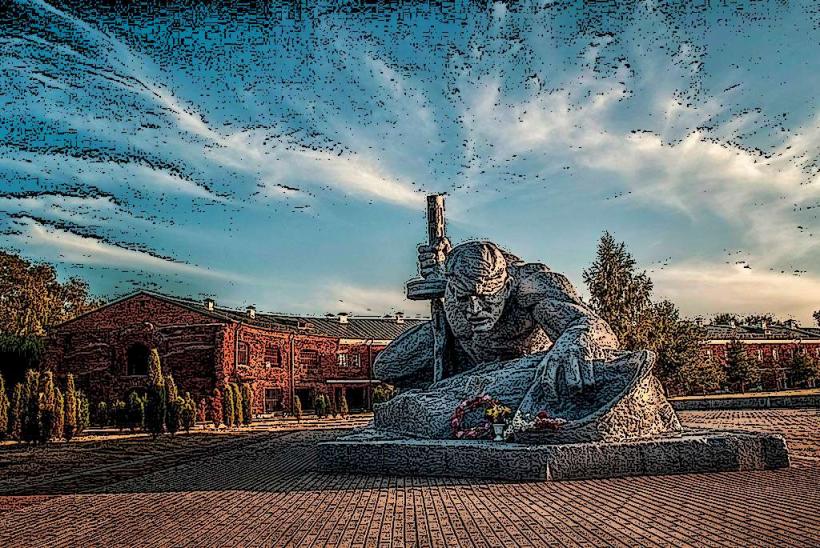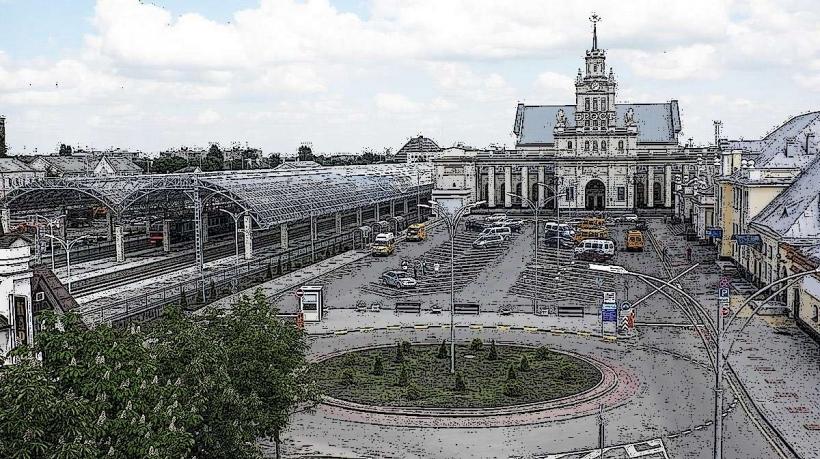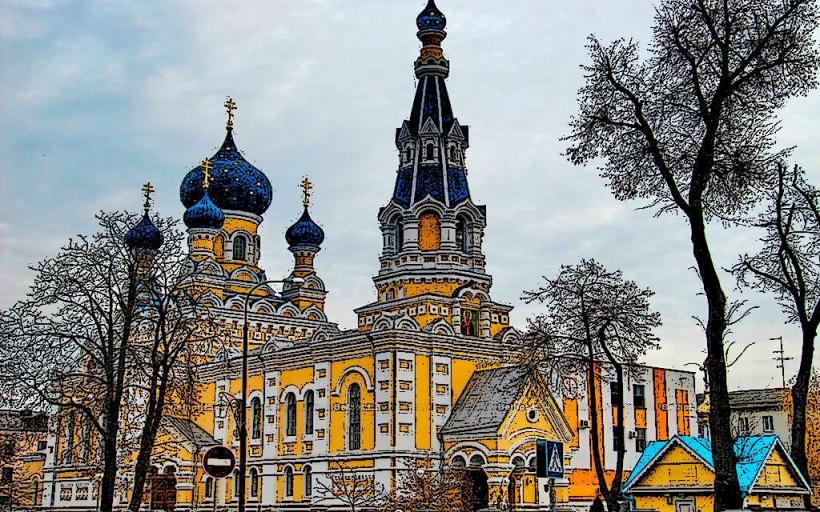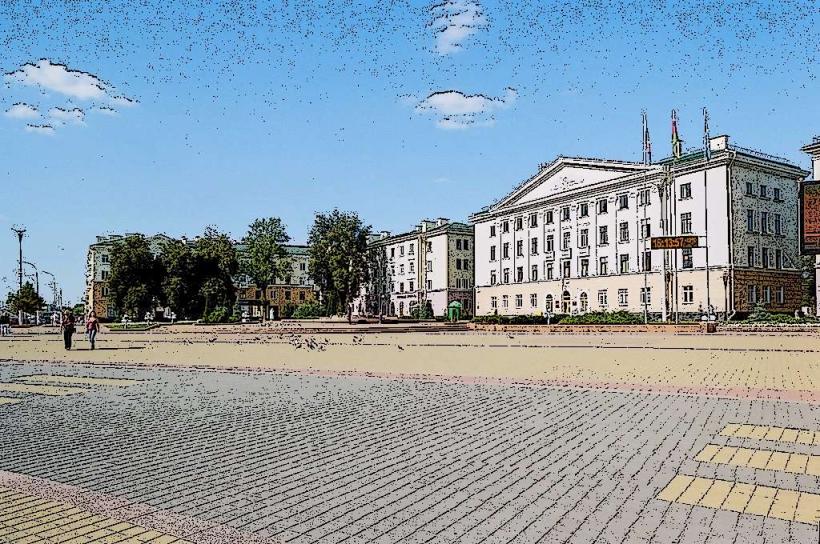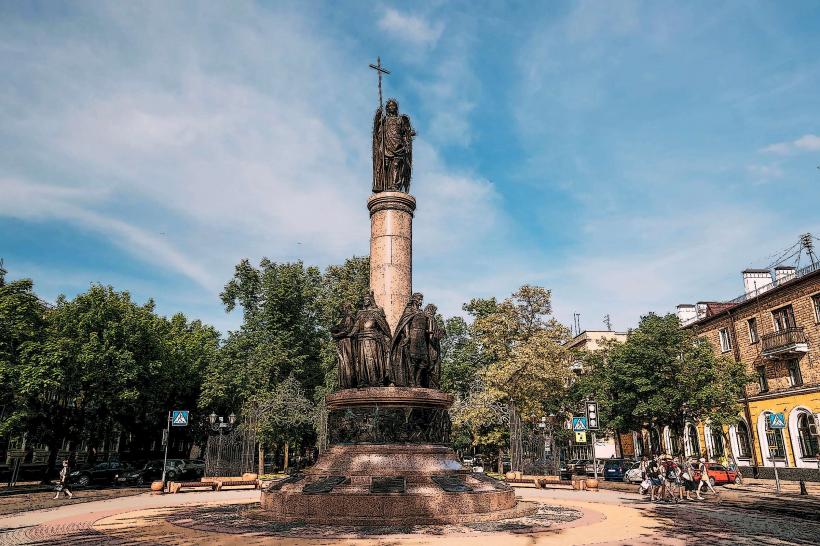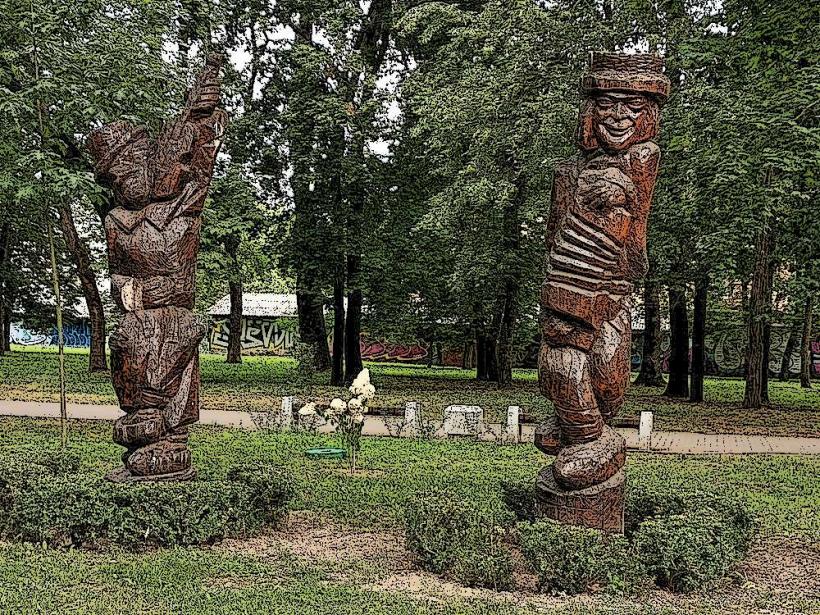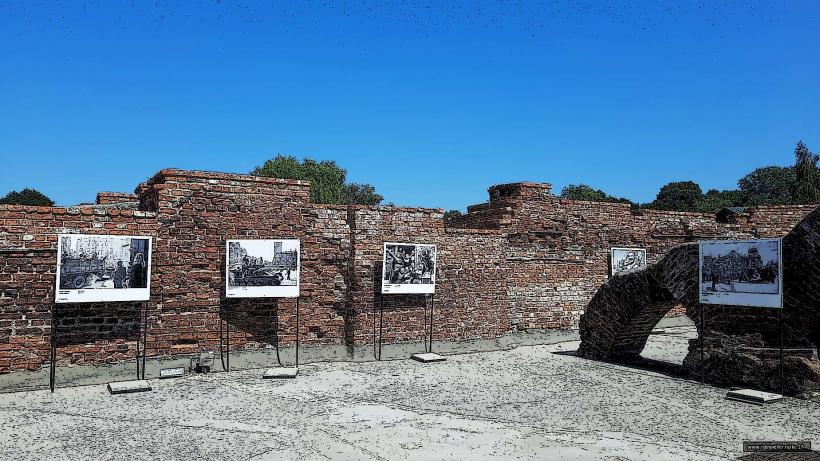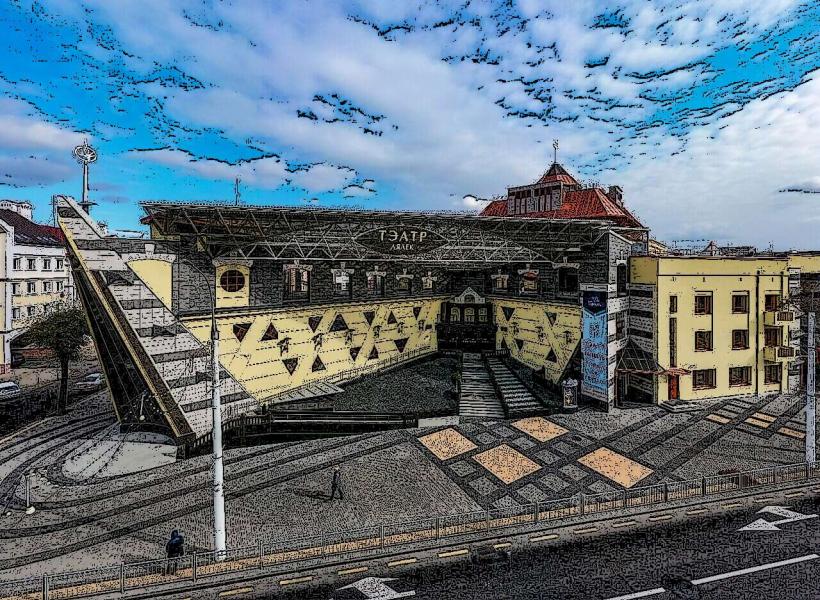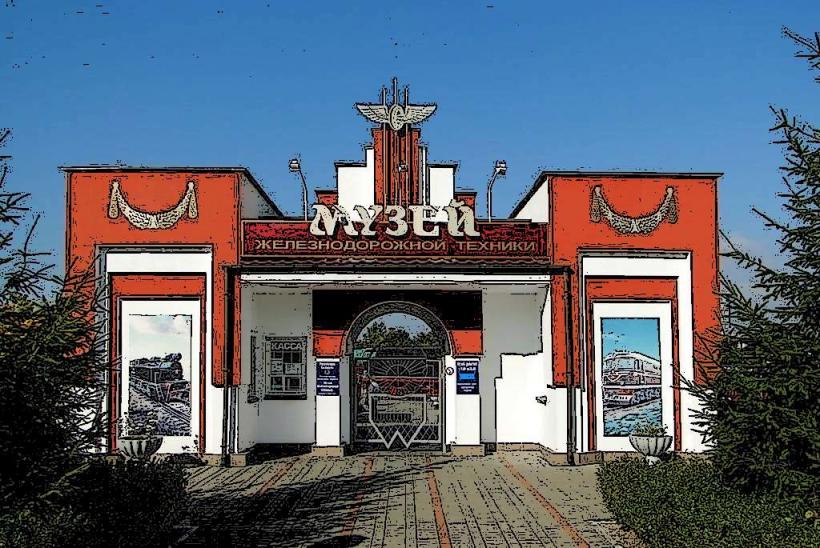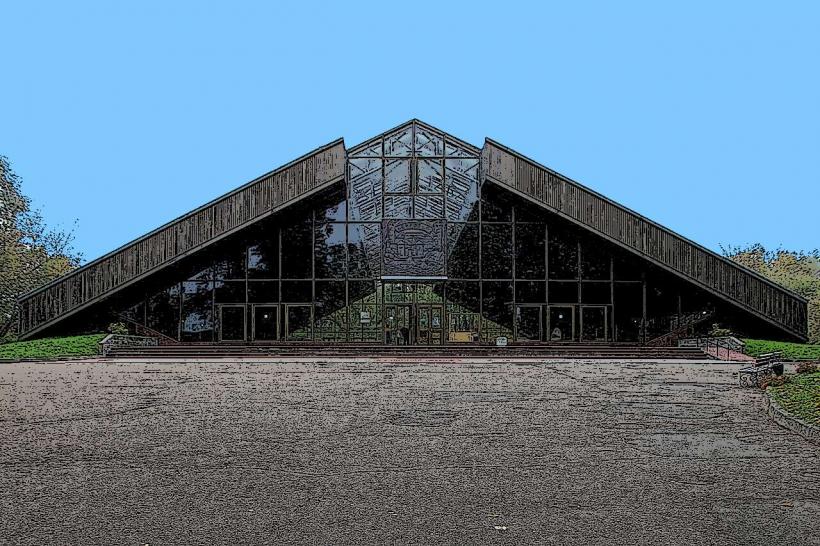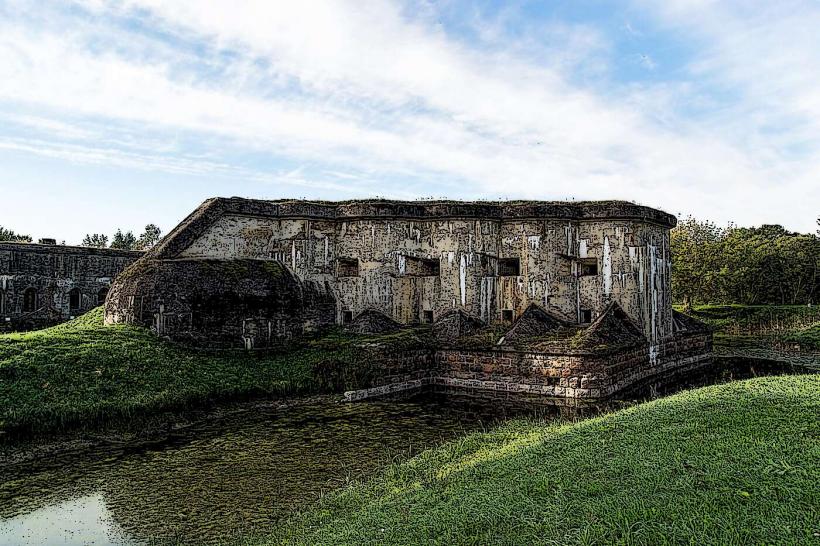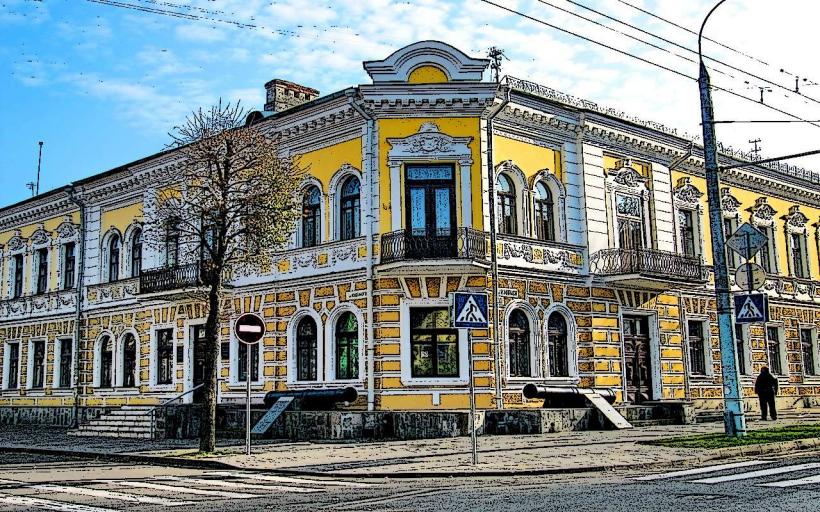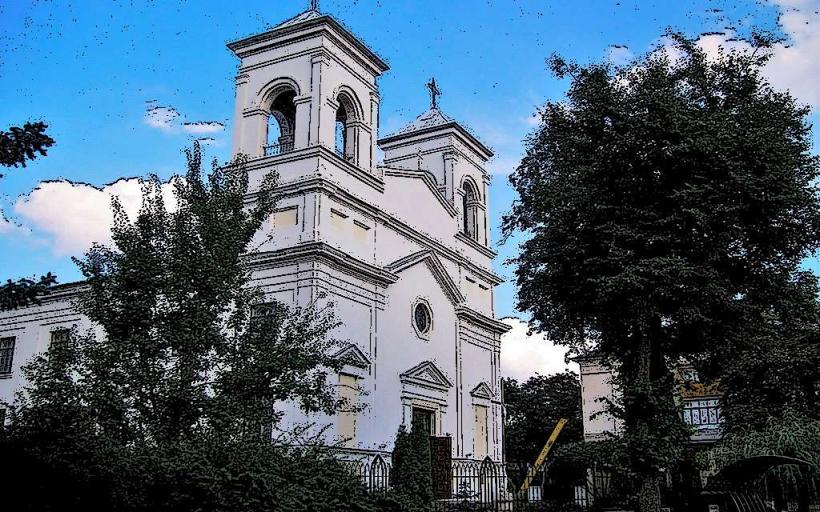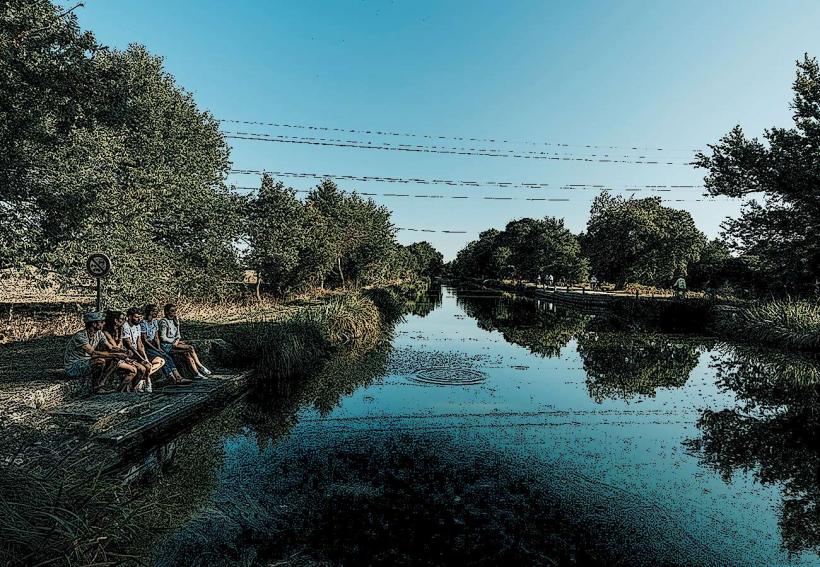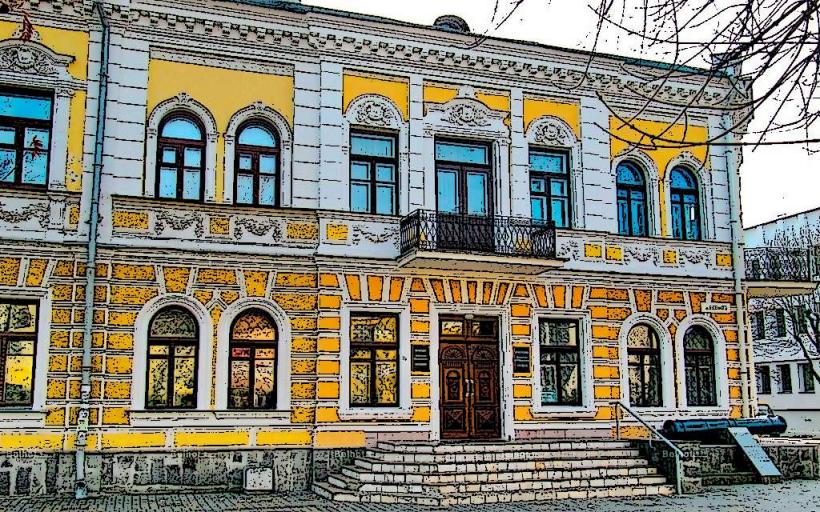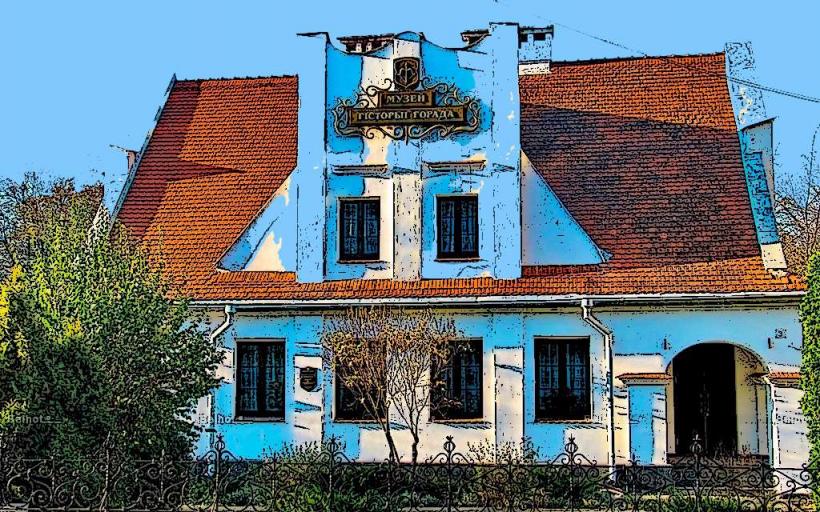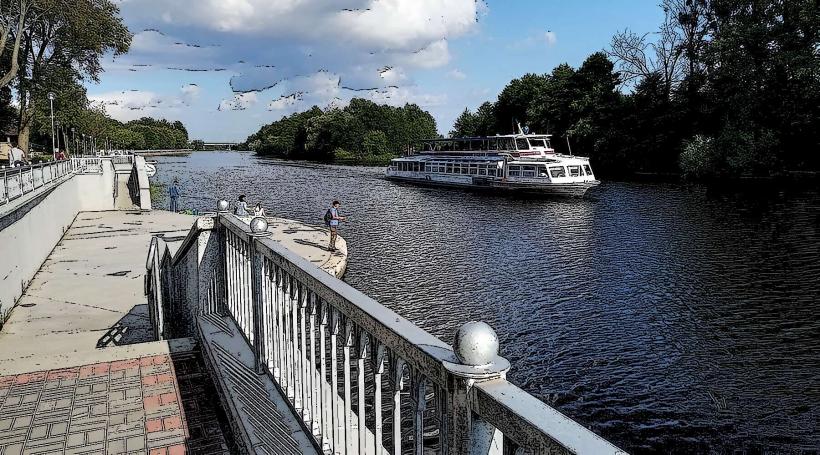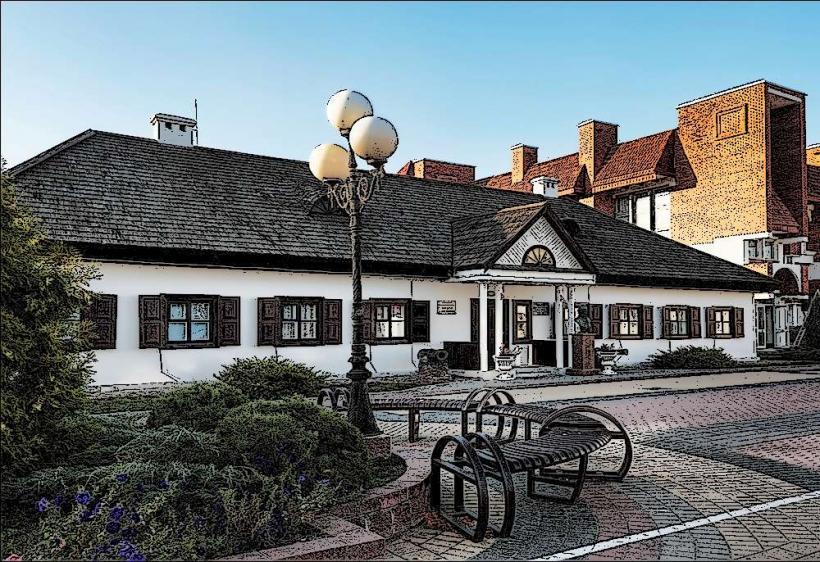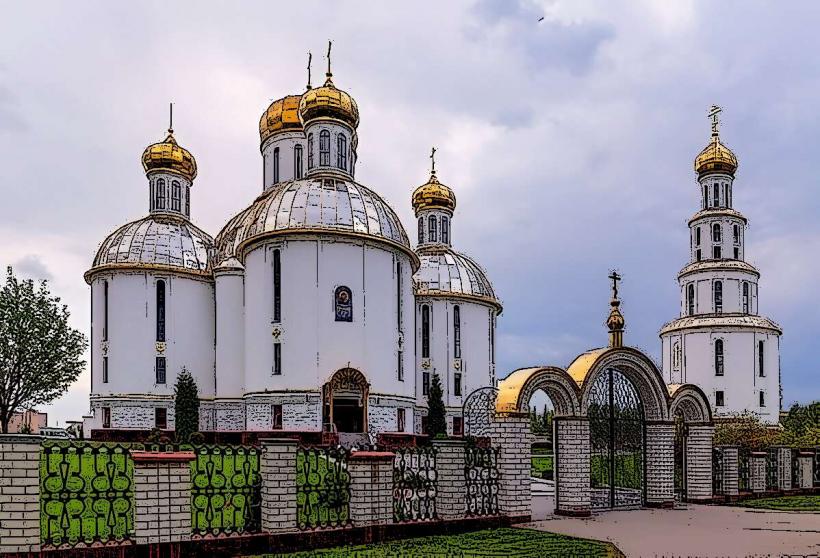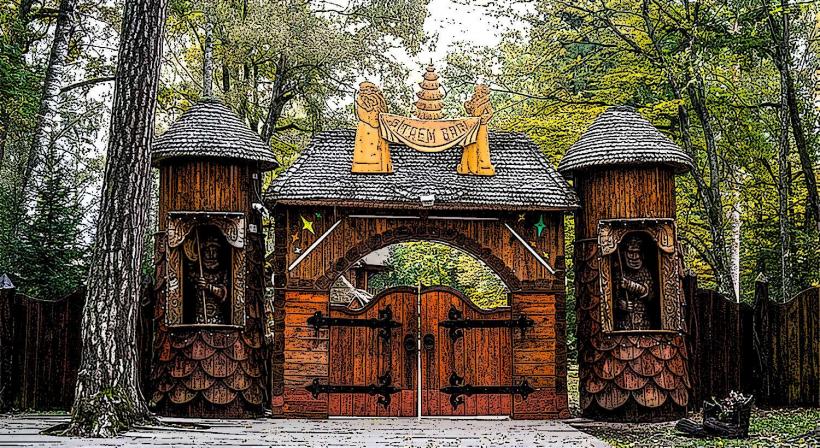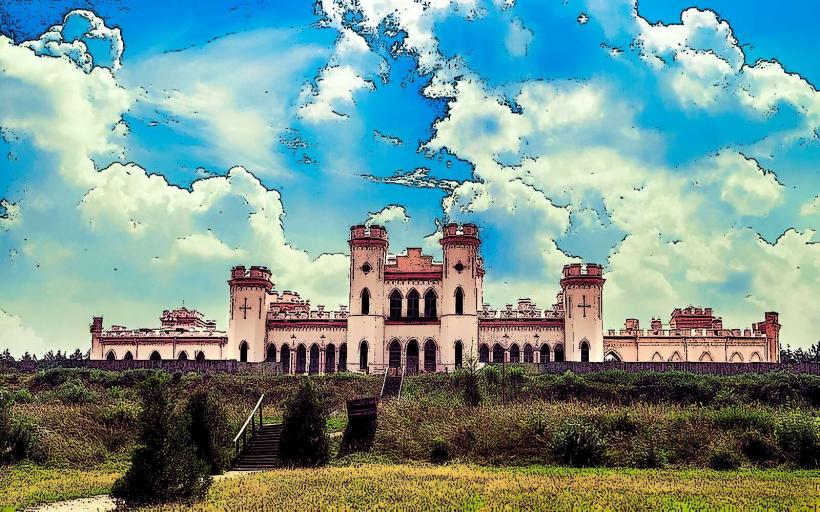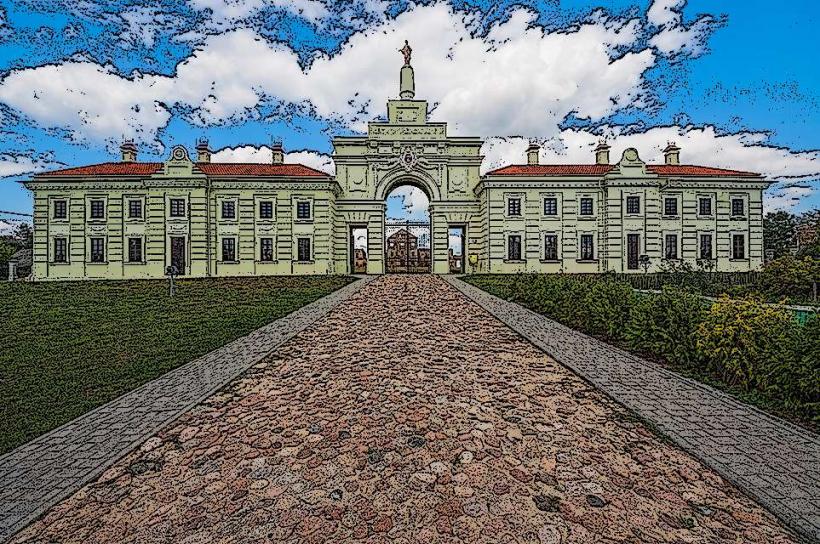Information
Landmark: Brest Fortress MuseumCity: Brest
Country: Belarus
Continent: Europe
The Brest Fortress Museum is one of the most important historical and cultural landmarks in Brest, Belarus. It is located within the territory of the Brest Fortress, a historic site of immense significance, particularly in connection to World War II. The museum is dedicated to preserving and interpreting the history of the fortress, its defense, and its role in Belarusian and Soviet history, particularly during the Great Patriotic War (1941-1945).
1. Location:
- The Brest Fortress is situated on the western edge of Brest, near the Mukhavets River. The Brest Fortress Museum is located within the fortress itself, taking advantage of the historical and architectural importance of the site.
2. History of the Brest Fortress:
- The Brest Fortress was originally built in the late 19th century by the Russian Empire as a fortification to defend its western borders. The fortress is an imposing structure, designed to withstand sieges and assaults. It played a key role in Russian military strategy during its construction and through various conflicts.
- The fortress is most famous for its role during World War II, specifically in the defense against the Nazi invasion of the Soviet Union in June 1941. The Battle of Brest Fortress (also known as the Defense of Brest Fortress) is one of the first significant battles of the war, and the defense of the fortress became a symbol of Soviet resistance and heroism.
- In June 1941, when the Nazi Wehrmacht invaded the Soviet Union as part of Operation Barbarossa, the fortress was one of the first sites attacked. Despite being heavily outnumbered and surrounded, Soviet troops, including soldiers, officers, and civilians, managed to hold out for several days under brutal conditions, with many ultimately making heroic sacrifices.
- The defense of the fortress, despite its eventual fall, is remembered as a symbol of bravery, resistance, and determination, and the museum highlights this pivotal moment in Soviet history.
3. Foundation of the Museum:
- The Brest Fortress Museum was officially established in 1956, just over a decade after the end of World War II. The museum was created to honor the defenders of the fortress and to commemorate the historic events of the 1941 battle.
- Over the years, the museum has grown to become a central institution for the preservation of Brest's military history, particularly related to the Soviet and Nazi-era military history. The museum preserves artifacts from the battle, the period of the fortress’s construction, and the various historical stages of the site.
4. Exhibits and Collections:
The museum’s collection is vast, covering various aspects of the fortress's history, including the military, architectural, and cultural significance of the site. Some of the most notable exhibits include:
- The Defense of the Fortress in 1941: A major part of the museum focuses on the Battle of Brest Fortress and the defense against Nazi forces. It features weapons, uniforms, personal belongings of soldiers, and photographs from the time, along with detailed accounts and maps of the battle.
- Memorial Complexes: The museum is part of a larger memorial complex, which includes several monuments and commemorative structures within the fortress. One of the most prominent is the Brest Hero-Fortress Memorial, which honors the defenders of the fortress. The memorial includes an impressive statue of a soldier, a chapel, and several smaller monuments dedicated to specific units and individuals who fought in the battle.
- Artifacts from the Siege: The museum displays items that survived the siege, including military equipment, personal letters, and remains of fortifications that give insight into the living conditions and the heroism of the defenders.
- Fortress Architecture and Construction: There are exhibits that explore the architectural history of the fortress itself, showcasing its design, construction, and the military strategies that it was meant to serve. This includes artifacts related to the 19th-century fortifications and modifications made during the early 20th century.
- War Diaries and Documents: The museum also houses historical documents such as letters, journals, and official reports from the time of the defense, shedding light on the experiences of the defenders and the strategic importance of the fortress during the war.
- Interactive Exhibits: Modern exhibits within the museum incorporate multimedia displays, video clips, and sound installations, providing a dynamic and immersive experience for visitors. These installations allow visitors to understand the scale and significance of the defense and the brutality of the battle.
5. Key Memorials and Monuments:
- The Memorial to the Heroes of the Defense of Brest Fortress: This monument, located within the museum complex, is a massive structure commemorating the defenders of the fortress. The central monument is a towering statue of a soldier with an outstretched arm, symbolizing the courage and determination of those who fought in the defense.
- The Eternal Flame: A common feature in Soviet-era memorials, the Eternal Flame at Brest Fortress serves as a symbol of undying respect and remembrance for the fallen defenders.
- The Cannon and Tank: Outside the museum, several military vehicles, including a trophy tank and cannon, serve as additional monuments to the defense and commemorate the military importance of the fortress during the war.
- The Citadel: The actual citadel of the fortress is preserved and open to visitors, with visible damage from the battle still evident in places. The fortress walls and its gates are a stark reminder of the intensity of the fighting.
6. Cultural and Historical Significance:
- The Brest Fortress Museum is a crucial part of Belarus' cultural heritage, particularly in terms of war memory. The defense of the fortress and its role in World War II is considered a major event in Belarusian and Soviet history, and the museum plays a key role in preserving this history for future generations.
- It is not only a place of remembrance but also serves as a historical and educational resource. The museum attracts numerous local and international visitors, including schoolchildren, history enthusiasts, veterans, and tourists interested in learning about the pivotal role of Brest in WWII.
7. Visitor Experience:
- The Brest Fortress Museum is a deeply moving experience, especially for those interested in military history and the Great Patriotic War. Visitors can explore the fortress's walls, walk through the preserved citadel, and interact with the exhibits to better understand the significance of the defense.
- The museum also offers guided tours that provide in-depth explanations of the events surrounding the defense of the fortress, as well as educational programs designed to teach visitors about the broader historical context of the battle.
8. Conclusion:
The Brest Fortress Museum is an important historical site that commemorates the heroism and sacrifices of those who defended the fortress in 1941, marking it as a symbol of Soviet resistance during World War II. Through its rich collection of artifacts, memorials, and exhibits, the museum provides visitors with a deep and emotional connection to the events of the past, making it a significant cultural landmark in Belarus and a must-visit site for anyone interested in the history of the Great Patriotic War and Soviet military heritage.

